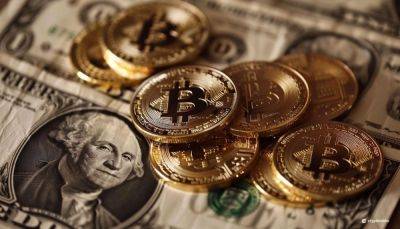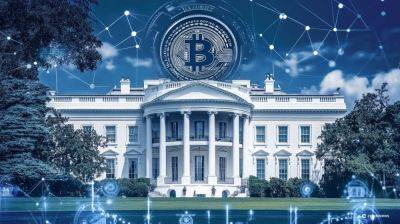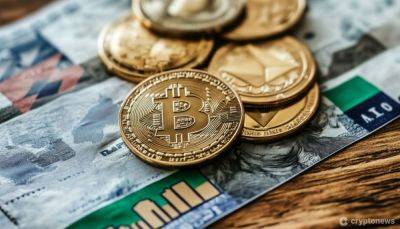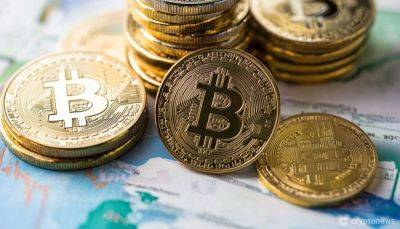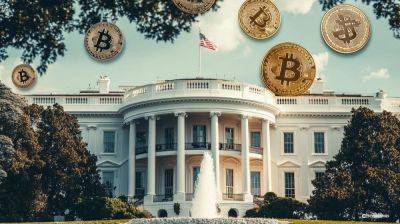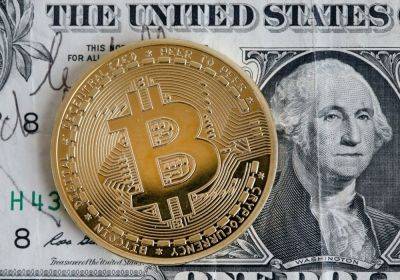What the history of money tells you about crypto’s future
This month China’s central bank revealed that its digital currency, the e-CNY, had been used for 7trn-yuan-worth of transactions in its short life—an amount equivalent to almost $1trn. China is not alone. Over 130 countries are exploring digital currencies, according to the Atlantic Council, a think-tank. Proponents of official digital currencies believe that a combination of ubiquitous smartphones, innovative cryptography and vast computing power means it is possible to remake the financial system.
The future of money, in other words, is attracting attention. What of its past? In a new paper, Adam Brzezinski of the London School of Economics, Nuno Palma of the University of Manchester and François Velde of the Chicago branch of the Federal Reserve urge readers also to pay close attention to money’s long history. It is capable of “delightful surprises", they point out. It also contains some parallels to the supposed novelties of today.
Central-bank digital currencies, for example, could give members of the public an account at the central bank. That sounds new. Butas several economists have noted, it is also a return to the past. The Bank of England used to take deposits from the public: in 1855 a Regent Street hatter is recorded to have opened an account at the bank’s handsome new branch in Mayfair. And in 1900 the Bank of Spain held over half the country’s current accounts.
The study of history may also disappoint crypto enthusiasts who wish to liberate money from government control. Monetary policy—the manipulation of money by the state—is almost as old as money itself. Even when coins were made out of gold or silver, governments fiddled with their weight and purity. The value of coins often departed from the
Read more on livemint.com

